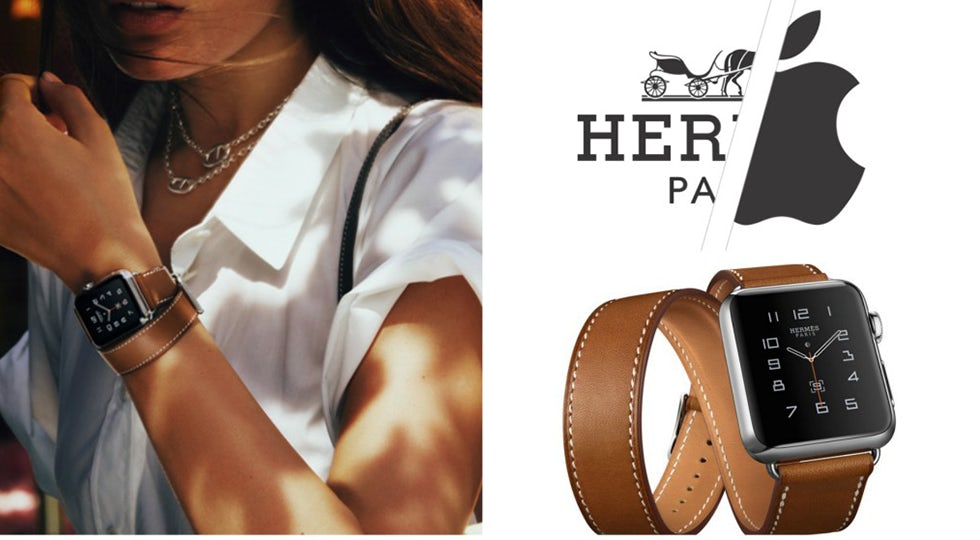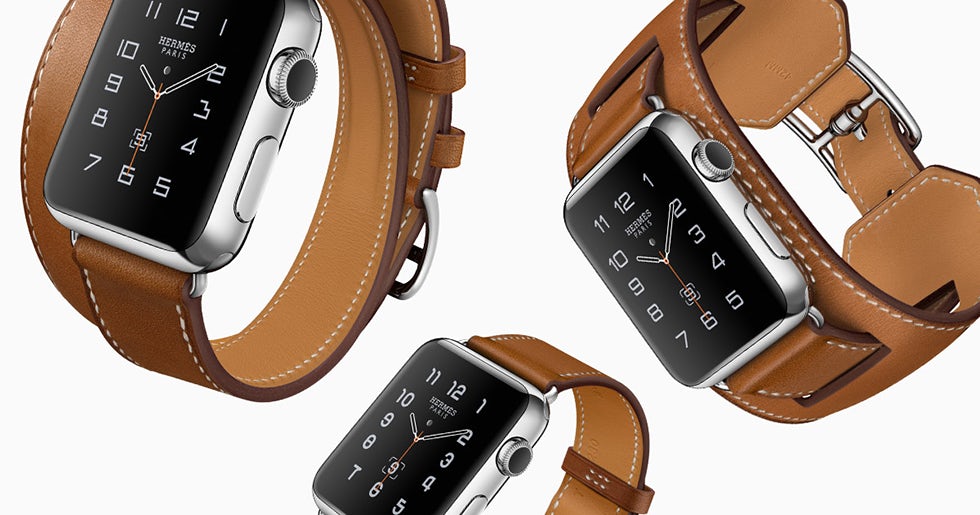Mark Ritson: Apple’s deal with Hermès is a clear signal that it now considers itself a luxury brand
When two brands come together, the results are always interesting. But when the brands in question are Apple and Hermès, the co-branding strategy is going to be headline news.

At the end of my class on brand management each term my MBA students rate the subject on various attributes. Among them is the degree to which the class had a “strong theoretical basis”. It is always my weakest score because I do not rely on very much published academic research to build the course content. Some decent case studies and a few readings from Harvard Business Review more than suffice.
The one exception in all this is my class on brand diversification. If there is one area where theory does exceed current marketing practice it’s around the concepts of brand diversification and co-branding. My favourite paper is based on the ground breaking experiments conducted twenty years ago at the University of Pittsburgh by Professors C. Whan Park, Sung Jun and the late, great consumer behaviourist Allan Shocker.
The researchers ran laboratory experiments in which students were asked to rate a fictional co-branded cake-mix product from Slim-Fast (known for bland-tasting, low-calorie slimming food) and Godiva (known for rich-tasting, high-calorie chocolates). The co-branded mix was rated far higher than a single-branded offering from either brand. It was also rated higher than a Godiva and Haagen-Dazs co-branded product, as the two were perceived as being very similar brands. That’s a crucial insight because, against expectation, co-branding works best when brands partner with someone with a different set of customers and brand associations from their own.
 Courtesy of Apple
Courtesy of Apple
The co-branding topic is top of mind this week because of the interesting announcement from Hermes that, for the first time in its history, it will share some of the space on its fabled orange box with a partner brand – Apple. A special edition of Apple Watch will go on sale on October 5th featuring a Hermes branded dial and bracelet along with a special edition of the Apple Watch. The co-branded, limited edition watch will be sold at select Apple stores and Hermes boutiques starting at $1250.
The watch itself is gorgeous. The original Apple Watch was a bit of utilitarian affair, but add a touch of Hermès savoir faire, and the famous halo effect of two cool brands briefly coming together as one, and the results are extremely attractive. More interesting is what the co-branding strategy says about the two partners behind the limited edition.
For Hermes, this co-branded watch is another attempt to inject modernity and freshness into a brand famed for its perennial appeal and a DNA founded on tradition and heritage. Of all the luxury brands, none have managed the magic trick of selling in the millions but appearing to manufacture in the dozens better than Hermes. Similarly, the conservative appeal of Hermes could – so easily – start to appear boring and dusty. This limited partnership with Apple keeps Hermes very much at the cutting edge of luxury – while playing to their traditional strengths of leather goods.
 Courtesy of Apple
Courtesy of Apple
For Apple the partnership is as clear a signal as we could get that it now considers itself to be a luxury brand fused from a potent combination of technology and design. Look at Apple’s price point. Look at their visual merchandising. Look at their creative directors. Look at their executive team. Look at their mythological founder. Apple is more Hermes than Samsung, and it clearly intends to keep it that way.
One of the best parts of Park et al’s co-branding paper is the bit where the professors re-test their college students’ perceptions many days later. The University of Pittsburgh’s protocols demanded that the professors demonstrate that their experiment had not permanently altered their subject’s perceptions. But the students who had been exposed to the co-branded cake mix now perceived Slim-Fast to taste better and Godiva to be lower calorie than their peers.
The existence of this so called “spillover effect” on the contributing brands in a co-brand relationship opened up the tantalising possibility of using co-branding to not only sell more products but also alter and improve brand equity as part of the process.
The Apple/Hermes limited edition watch will surely sell out almost immediately. But for Apple, the longer term benefit of the brand associations that spillover from their partnership with Hermes will likely outlast and outweigh any of the short term sales value. The nice thing about co-branding – the science of alliance – is that you don’t have to pick one over the other. You can build brand and make money at the same time.
That’s exactly what the Hermes/Apple Watch is about to do.






